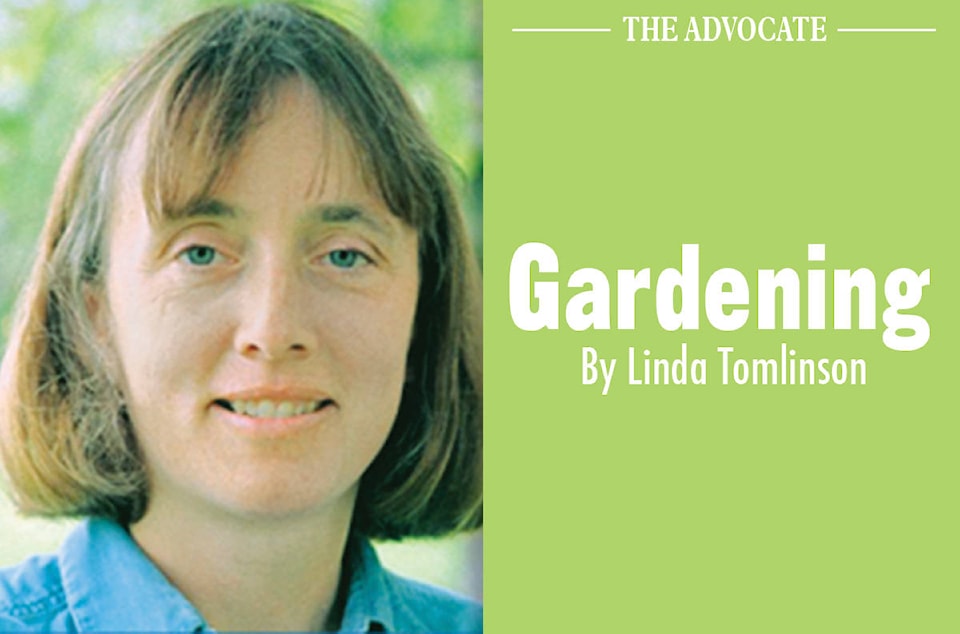Consider starting bedding–out-plants or growing vegetables but do not have a greenhouse? It can be done under lights but the type of lights used make all the difference.
Light is divided into different colors that can be seen by using a prism. Humans and animals react best to the part of the spectrum that contains a little blue, lots of green and some red. This part of the spectrum is defined as lumens. When purchasing a light for the home or office one looks at the amount of lumens as the more lumens, the brighter the light.
Scientists have found that plants do not thrive on green light, instead it is the red light that is plentiful in spring and summer keeps the chlorophyll healthy which results in healthy growing plants. The red light also triggers flower and fruit formation. As with every good thing moderation is needed. Too much red light has been found to produce tall, spindly plants with a weak structure. To avoid the problem blue light has been added. In nature, blue light is predominate in winter months where plants become shorter and sturdier. According to Freight Farms, most growers use 5 red lights to one blue light but this can change depending in the crop.
Each type of light incandescent, halogen, florescent, LED and High Intensity Discharge produce their own color spectrum. They use different amounts of electricity and produce different levels of heat.
Incandescent and halogen lights give off a higher portion of red light and very little blue which results in tall weak plants. This style of light is not energy efficient and produces heat.
Florescent light are categorized into three groups: cool white, warm white and full spectrum.
Cool white florescent lights give off a large amount of blue and green light but very little red. As a result plants are short and stocky.
Warm white florescent lights give of predominantly red light with very little blue and green resulting in taller weaker plants
Full spectrum florescent lights give of equal amounts of red, blue and green light producing relatively healthy plants. These lights give off more heat than other florescent lights and are less energy efficient.
LED grow lights are designed to give off either large quantities of red or blue light. Initially, these lights cost more than florescent lights but they last longer and use less energy. Like all LED lights, they give off very little heat.
There are two types of high intensity discharge (HID) lights: halide and high pressure sodium. Halide produce large amounts of blue and green light and a small amount of red. They are used for growing foliage plants.
High Pressure sodium lights give of predominately red light and are found to be necessary when growing flowers and fruit.
Often growers use a combination halide and high pressure sodium lights to produce crops. Both types of HID lights give off a large amount of heat and are not energy efficient.
Which should one purchase? It depends on the amount of plants that are to be grown and for how long? While it is less expensive to purchase a florescent grow light the cost of running it will be higher than an LED light. To make the higher cost of LED lights feasible, they must be used for more than a few weeks a year.
Do more research and choose lights to suit your needs.
Linda Tomlinson is a horticulturalist that lives near Rocky Mountain House. She can be reached at your_garden@hotmail.com
